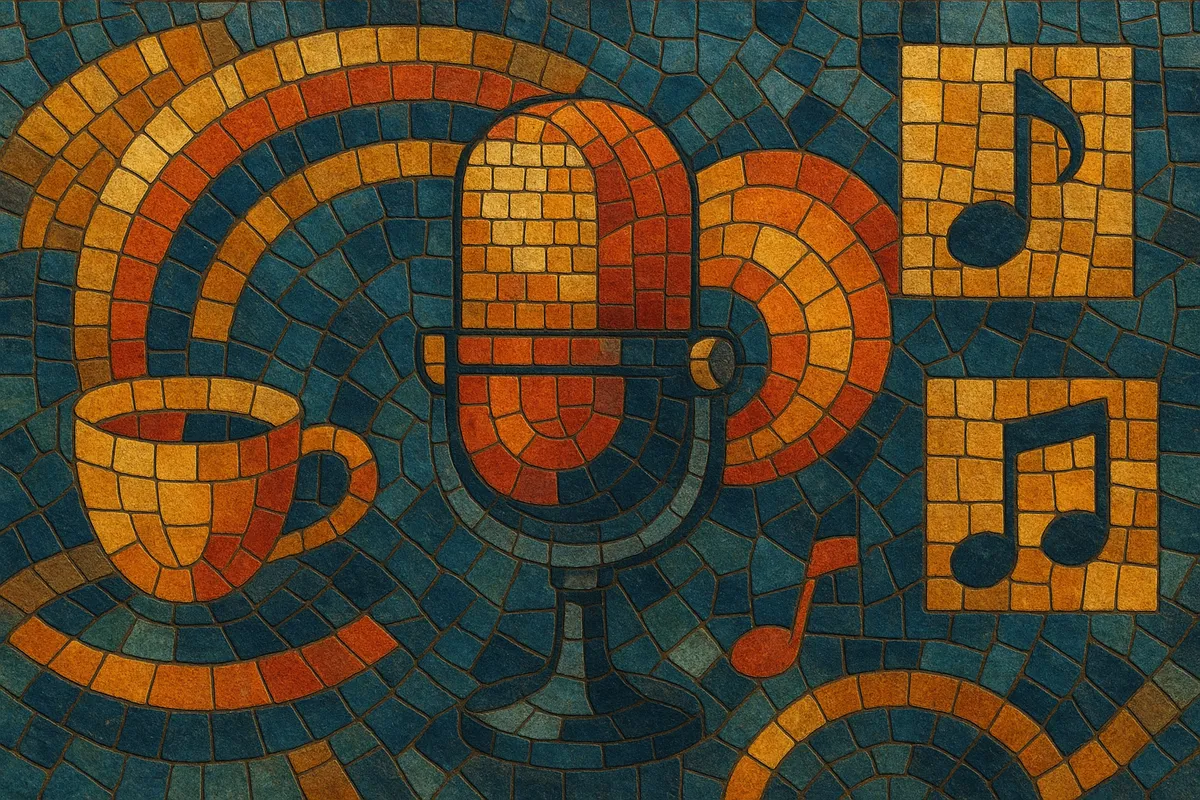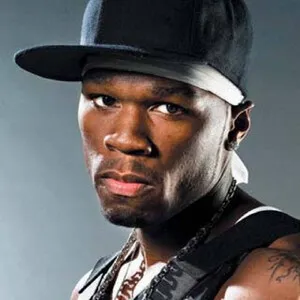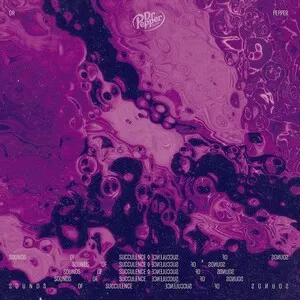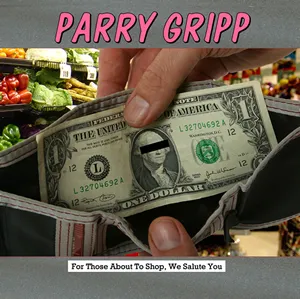Jingles are short, purpose-built musical advertisements designed to promote brands, products, or services through a memorable melody, slogan, and hook. They typically last between 5 and 30 seconds and are crafted to be instantly recognizable, repeatable, and easy to recall after a single exposure.
Stylistically, jingles borrow from the popular music of their day—barbershop harmonies in the early radio era, big-band pep in mid‑century, and contemporary pop/electronic textures in TV and digital eras. Their key features are a strong melodic hook, clear diction, simple harmonic language (often in a major key), rhythmic clarity, and prominent placement of the brand name and tagline. Modern practice often includes a concise "sonic logo"—a 3–5 note motif that anchors the brand identity.
Commercial jingles emerged alongside U.S. radio advertising in the mid‑1920s. A landmark moment was General Mills’ 1926 Wheaties spot on WCCO Minneapolis, often cited as the first widely successful singing commercial. Early jingles drew on Tin Pan Alley craft and vaudeville presentation, favoring tight harmonies and clear hooks that carried over the limited bandwidth of AM radio.
As national networks expanded, brands embraced catchy, chorus‑driven jingles supported by big‑band instrumentation and barbershop vocals. The formula—memorable melody plus slogan—became standard. Recording technology improvements and professional studio singers elevated production values, turning jingles into a core tool of mass-market branding.
Television added visuals, choreography, and narrative to the jingle’s mnemonic power. Major campaigns (e.g., Coca‑Cola’s “I’d Like to Buy the World a Coke,” adapted into “I’d Like to Teach the World to Sing”) demonstrated how a jingle could transcend advertising to enter popular culture. Specialist composers and boutiques flourished, and sonic signatures for brands became more consistent across media.
With fragmented media and shortened attention spans, the jingle evolved toward compact sonic logos and modular motifs that adapt to many contexts—broadcast, web, apps, and point‑of‑sale. Contemporary production blends pop, EDM, and hip‑hop aesthetics with rigorous brand strategy and audio UX considerations, ensuring recognizability at a glance and in a few notes.








